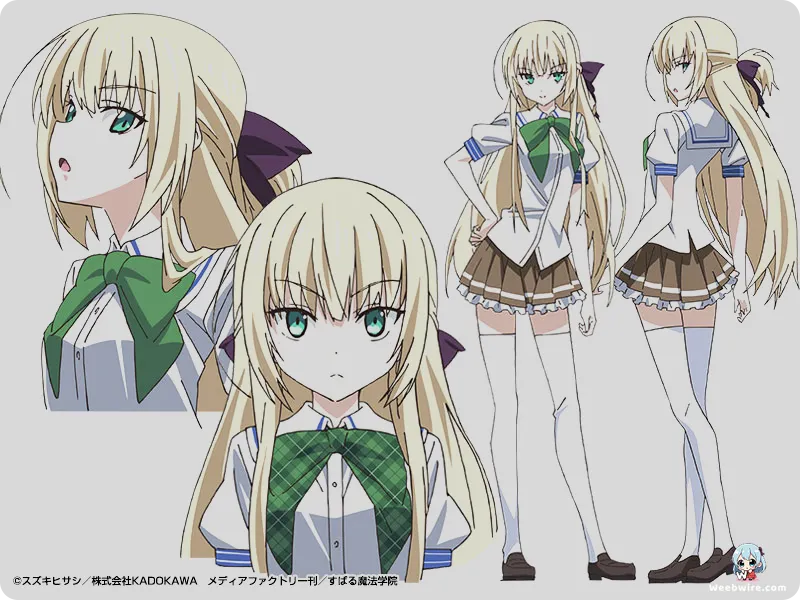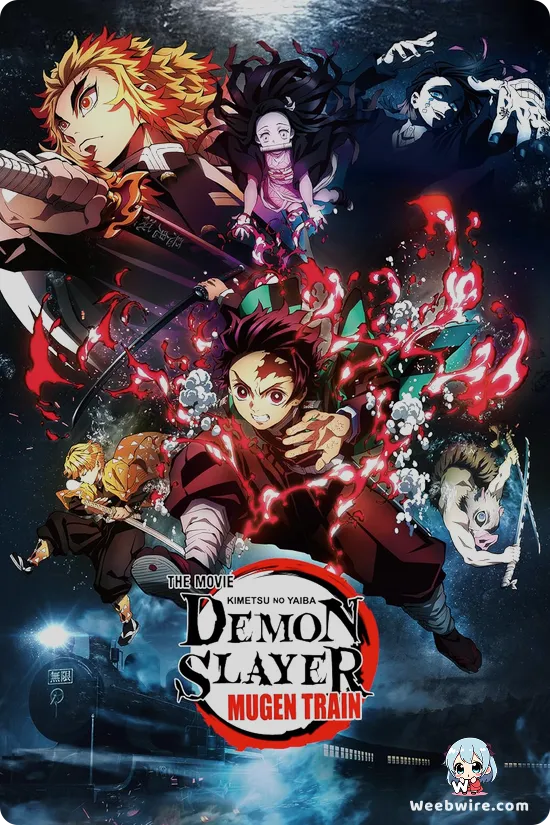Unraveling Magical Warfare: MADHOUSE's Controversial Original Ending and Its Impact

In January 2014, the anime world witnessed the debut of Magical Warfare (Mahou Sensou), an adaptation of Hisashi Suzuki's popular light novel series. Brought to life by the esteemed studio MADHOUSE, celebrated for its genre-defining works like Death Note and Hunter x Hunter (2011), this series carved a unique, often debated, niche within its expansive portfolio. What truly sets Magical Warfare apart is its audacious decision to depart dramatically from its source material, particularly in crafting an entirely original conclusion. This creative liberty, a testament to an animation studio's autonomy, presented fans of Suzuki's ongoing novels with a parallel narrative experience, sparking considerable discussion across the anime community.
The premise introduces Takeshi Nanase, an ordinary high schooler whose life takes an extraordinary turn upon encountering the distressed magical girl, Mui Aiba. This pivotal encounter thrusts Takeshi into a clandestine world of sorcery, transforming him into a magician and enrolling him in the Subaru Magic Academy. Here, amidst factions of 'destroyers' and 'survivors,' Takeshi navigates a complex web of destiny, ancient family secrets, and the escalating conflict between the human realm and the 'World of Magic.' MADHOUSE's signature animation prowess shines through in Magical Warfare, delivering dynamic action sequences and detailed character designs by Ryo Iwata, based on La-na's original illustrations, ensuring a visually captivating experience even amidst its narrative challenges.

A key factor shaping the anime's distinct identity was its rapid pacing, condensing approximately six volumes of the light novel into just 12 episodes. This swift progression, a common challenge in adapting extensive source material, necessitated deliberate choices in streamlining subplots and character arcs, ultimately contributing to the anime's self-contained original ending. Further enhancing the production, a stellar voice cast brought the characters to life: Mamoru Miyano (Light Yagami, Rin Matsuoka) as Takeshi Nanase, Nao Touyama (Chitoge Kirisaki, Yui Yuigahama) as Mui Aiba, Asami Seto (Chihaya Ayase) as Kurumi Isoshima, and Kenichi Suzumura (Sougo Okita) as Gekkou Nanase. Their compelling performances imbued the intricate relationships and magical struggles with significant emotional depth.
Ultimately, Magical Warfare stands as more than just an action-fantasy anime; it's a compelling case study in the art of adaptation. Its bold narrative divergence and unique conclusion, combined with MADHOUSE's animation quality and a talented ensemble, offer a fascinating glimpse into the creative decisions that define anime production, making it a noteworthy entry for enthusiasts of anime history and adaptation nuances.
Credits
Magical Warfare
Author
Hisashi Suzuki
Cover Art
La-na
Studio
MADHOUSE
Publisher
Media Factory
Producers





